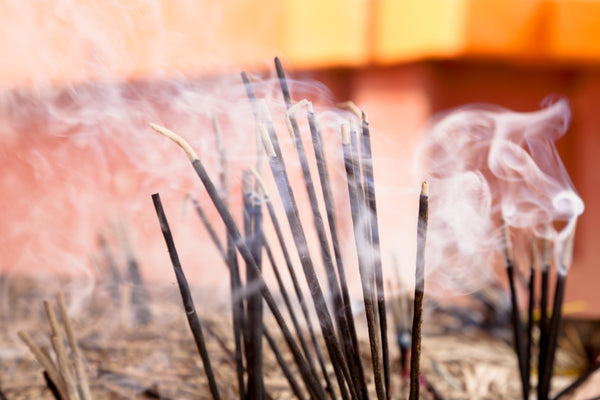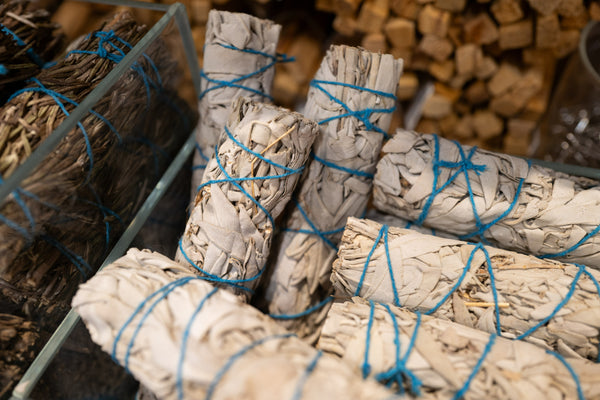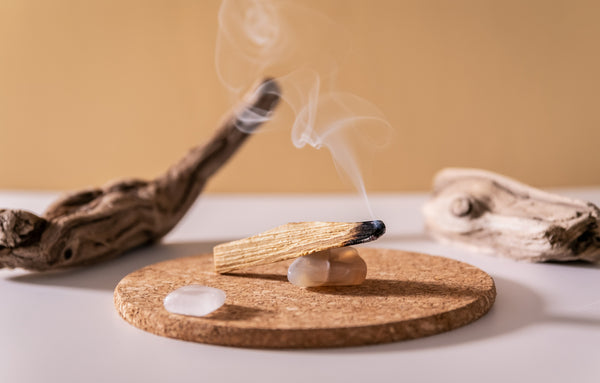
Seven Other Names for Mother Earth
Jeff OxfordRevered and personified as a deity or goddess, Mother Earth has many names and faces. The underlying belief is that earth is a life-giving and nurturing motherly entity. She crosses many traditions, not confined to shamanic traditions, yet shamans recognize that all life support here on earth starts with her and her gifts. Call her Mother Earth, Pachamama, or Gaia, here are seven lesser known names for Mother Nature that you may not be familiar with.
One caveat: Because there can be a great deal of overlap between shamanism, mythology, folklore and religion, composing a list of nature goddesses and other figures who stand in for an earth mother deity is no easy task and not always as clean and clear as this article suggests. If a separate Creation Goddess exists, then Goddesses associated with birth and mothering, as well as fertility, often stand in for a Mother Nature Goddess in some traditions. Where there may be no distinct Mother Nature Goddess, goddesses of agriculture and sun are frequently found instead.
- Maya – Akna
Akna appears as a fertility and mother goddess of the Maya, a Meso-American civilization. Meaning “Our mother,” Akna is recorded as a very general title applied, among others, to goddesses of fertility and childbirth.
- Lepcha – It Bunoo
The Lepcha are among the indigenous peoples of Sikkim, a state in India, and are found close by in parts of Bhutan, Tibet, Darjeeling, Nepal, and West Bengal. Mun is their traditional polytheistic, animist, shamanistic, and syncretic religion. The majority of the Lepcha consider themselves Buddhists. However, they practice both Lamaism, derived from Buddhism, and Mun, a folk religion. While the chief goddess of the Lepcha religion is Nozyongnyu, the mother-creator is a female earth deity, It Bunoo (also Itbu-moo).
- Maori – Papatūānuku
The Māori are indigenous Polynesian people of New Zealand. The Encyclopedia of New Zealand states that in Māori tradition, Papatūānuku is the land. She is a mother earth figure who gives birth to all things, including people, trees, and birds and then nourishes them. Traditional Māori culture aligns women with the land, because the land gives birth to humankind just as women do. As the world was born from Papatūānuku, so humankind is born from women. The Maori word for a woman’s womb, translates to mean “the house of humanity”, and is regarded as the same as the womb of earth.
- Native Hawaiian – Papa
This is one time where Papa does not equal Father or anyone male. Perhaps because Hawaii is included in Polynesia along with New Zealand, the name of the Hawaiian Mother Nature figure also is close to the Maori name, Papa vs Papatuanuku, respectively. According to AncientHuna.com, Papa is their Earth Mother. She is also called Haumea and Ka-luahine. And she is also goddess of fertility and childbirth.
- Huichol – Tatei Yurianaka
The Huichol (or Wixarika) reside mostly in the state of Jalisco, Mexico. Gabriel Pacheco Salvador, researcher at the University of Guadalajara , says Mother Earth has a central role in their culture. Their earth mother has traditionally been Tatéi Yurianaka… “To carry out a sowing, which the Wixárika community does annually, it must always be with the consent of Mother Earth, that is, one has to make a series of offerings, bring offerings, prayers or even do some ceremony,” he said. “…for all activities, there is Mother Earth present: in the sowing, in the preparations from the earth itself, in the harvest, in the ceremonies, in the hunt, in the pilgrimages.” Honoring her, he says “…is not confined to a specific day, “but always, for all activities there is Mother Earth present,” says Pacheco Salvador. In other words, for the Huichol, every day is Earth Day.
- Saami –Máttaráhkká
The Saami, a Finno-Ugric people, historically known in English as Laplanders, live today in four countries: Norway, Sweden, Finland and Russia. Folklorist and storyteller Niina Niskanen tells us “Mattarahkka was the primal mother, the goddess of earth. She was the beginner of all life. Her job was to receive the soul and the spirit of the child from the sky god Radien and give the breath of life to the child in the womb. Women turned to her during childbirth. She had three daughters….Saami´s believed that these three goddesses lived in the ground with their mother just below the…house.”
- Neopagan – Great Goddess
The Mother Goddess, or Great Goddess, is a composite of various feminine deities from past and present world cultures, worshiped by modern Wicca and others broadly known as Neopagans. She is sometimes identified as a Triple Goddess, who takes the form of Maiden, Mother, and Crone archetypes. She is described as Mother Earth, Mother Nature, or the Creatrix of all life. She is associated with the full moon and stars, the Earth, and the sea. In Wicca, the Earth Goddess is sometimes called Gaia.
No matter how we refer to her, or how we address her, there is little question that universally and throughout time we humans have relied and continue to rely on our planet earth mother and that we need to appreciate her and offer gratitude for all that we receive from the land and nature. Beyond mere appreciation, we need to care for her, keep her clean and nourished and clothed. In other words, we need to care for our Mother too. So, go ahead and celebrate International Mother Earth Day and honor your respective Goddess(es), yet remember, like Senor Pacheco Salvador said, “Every day is Earth Day.”



